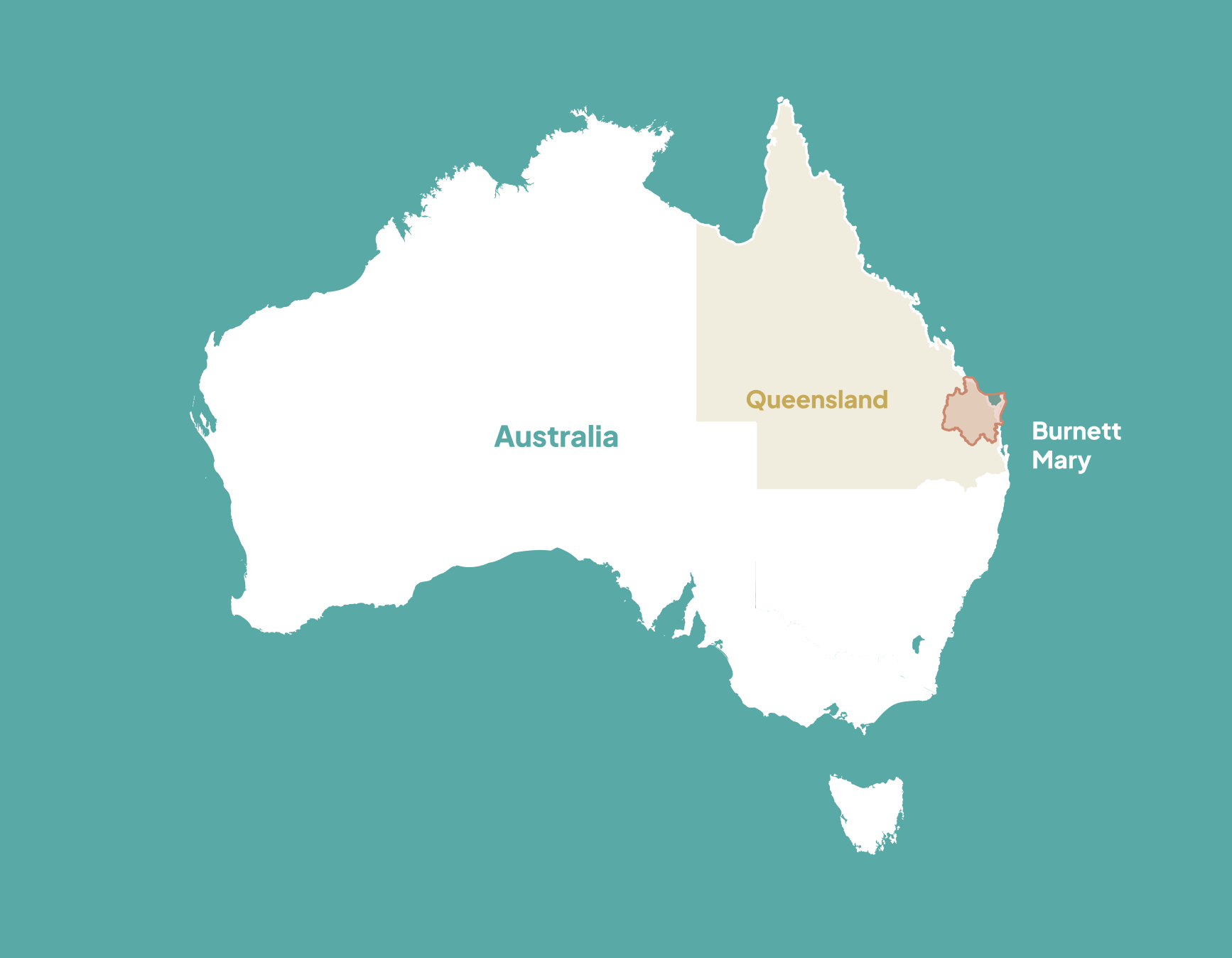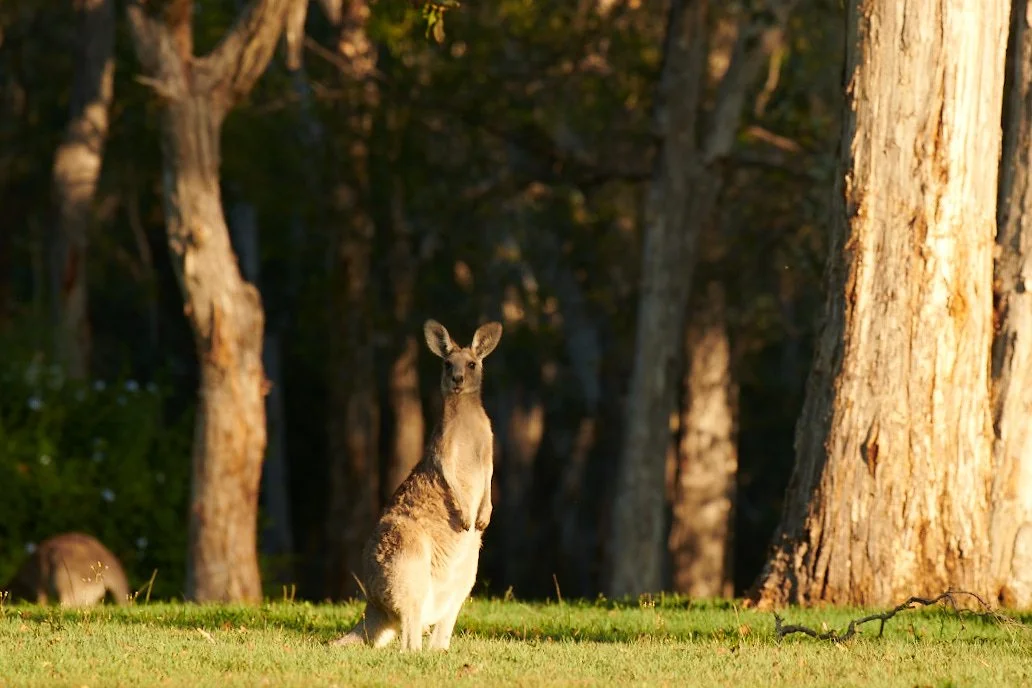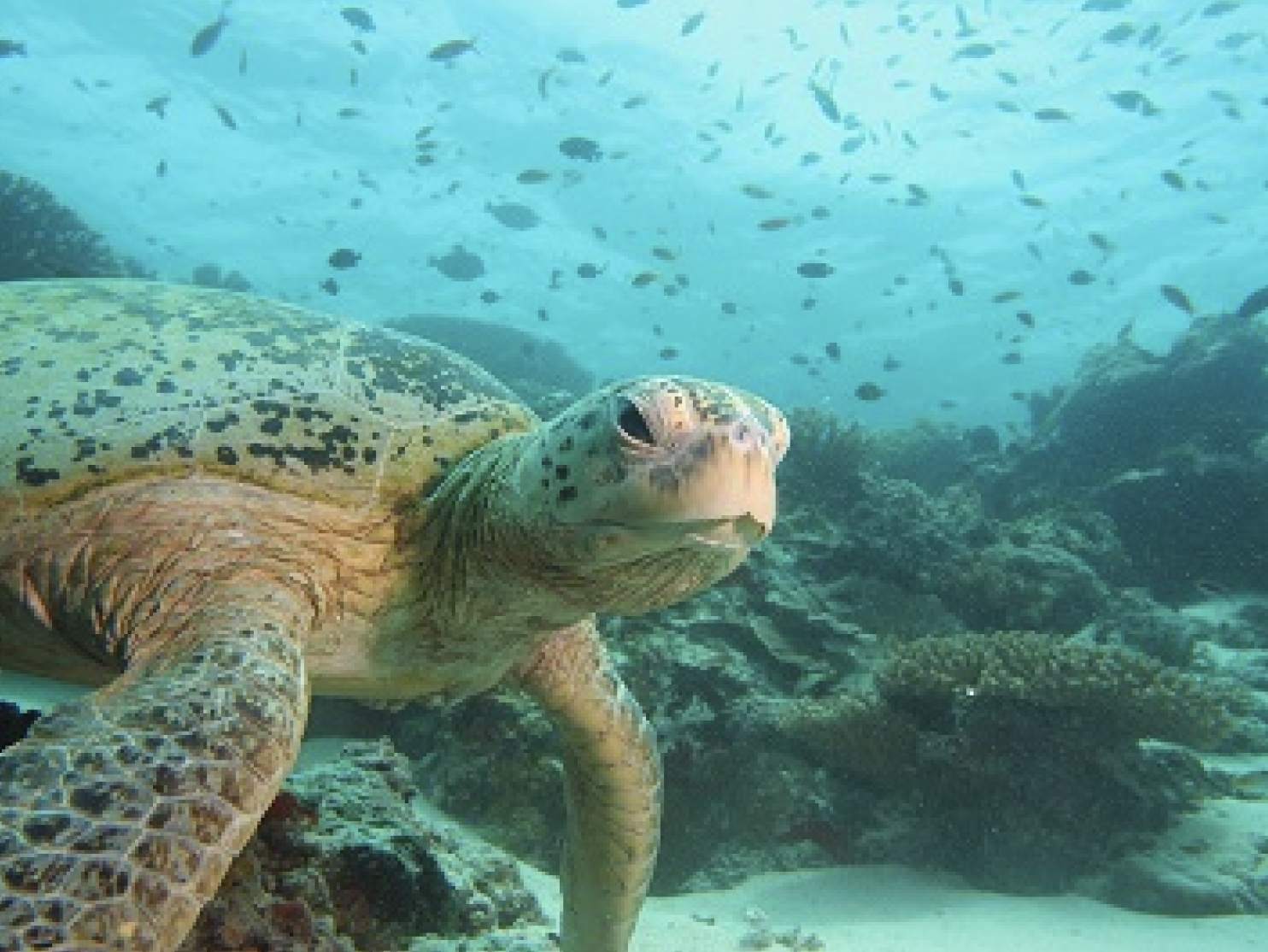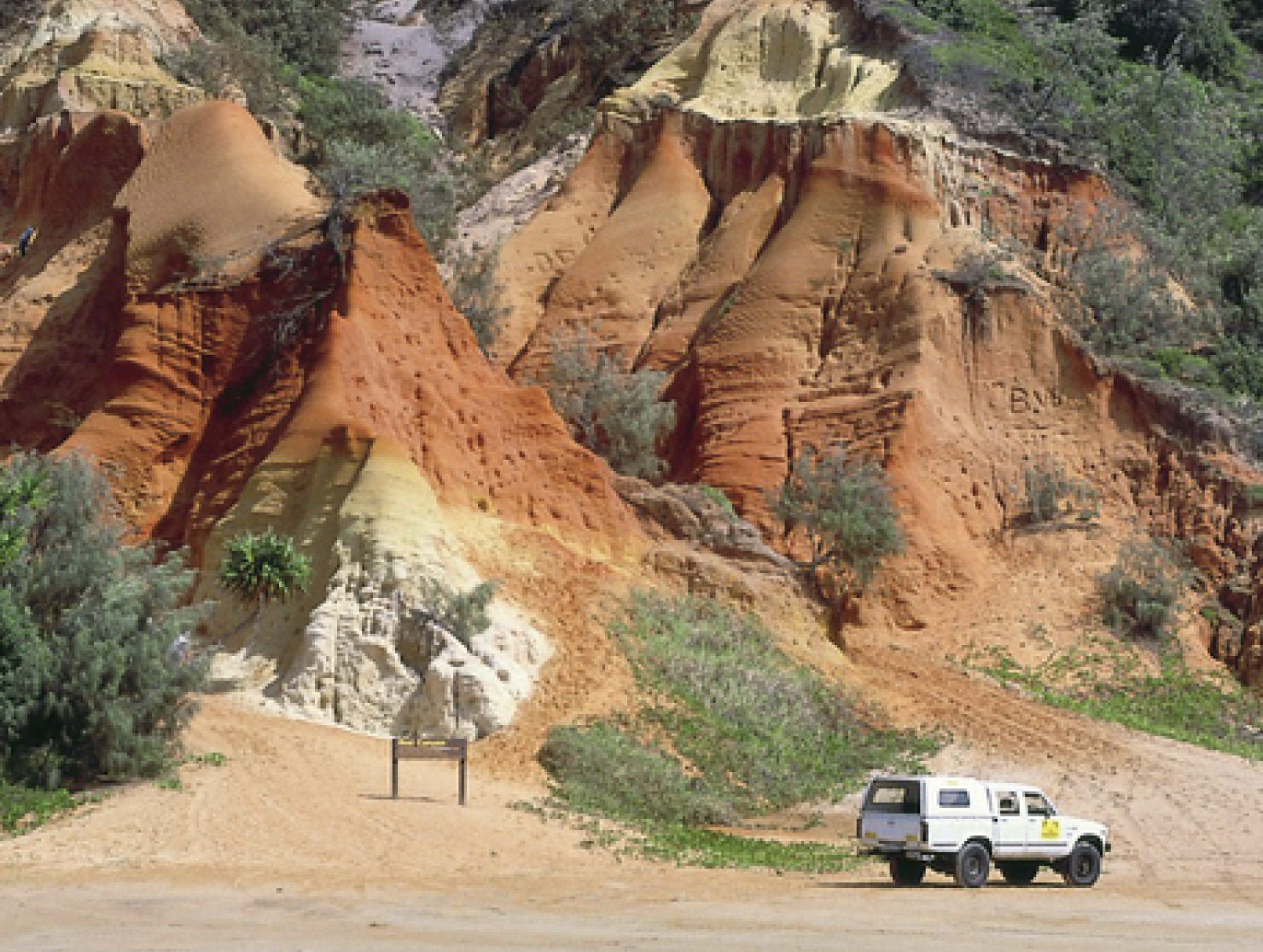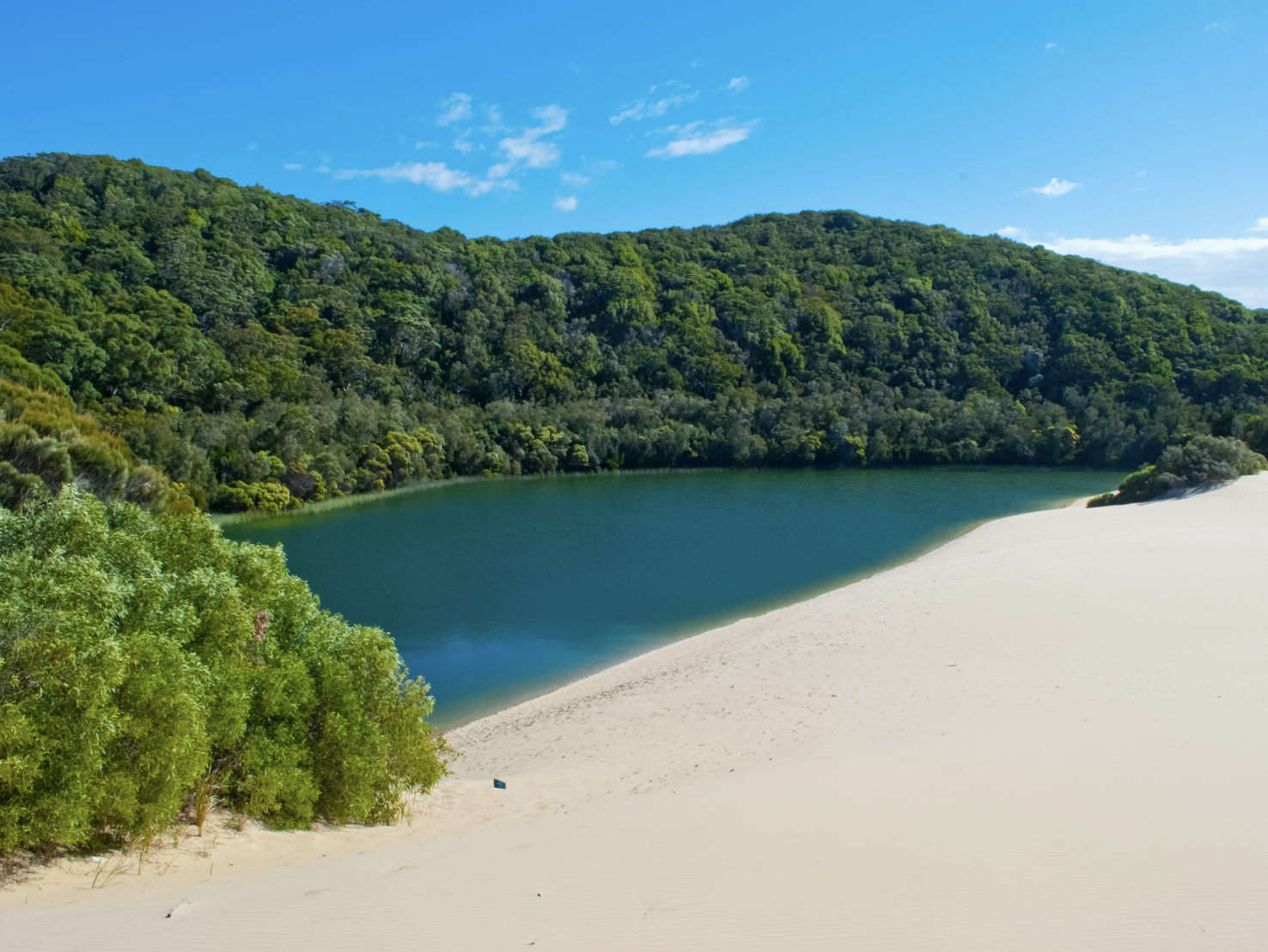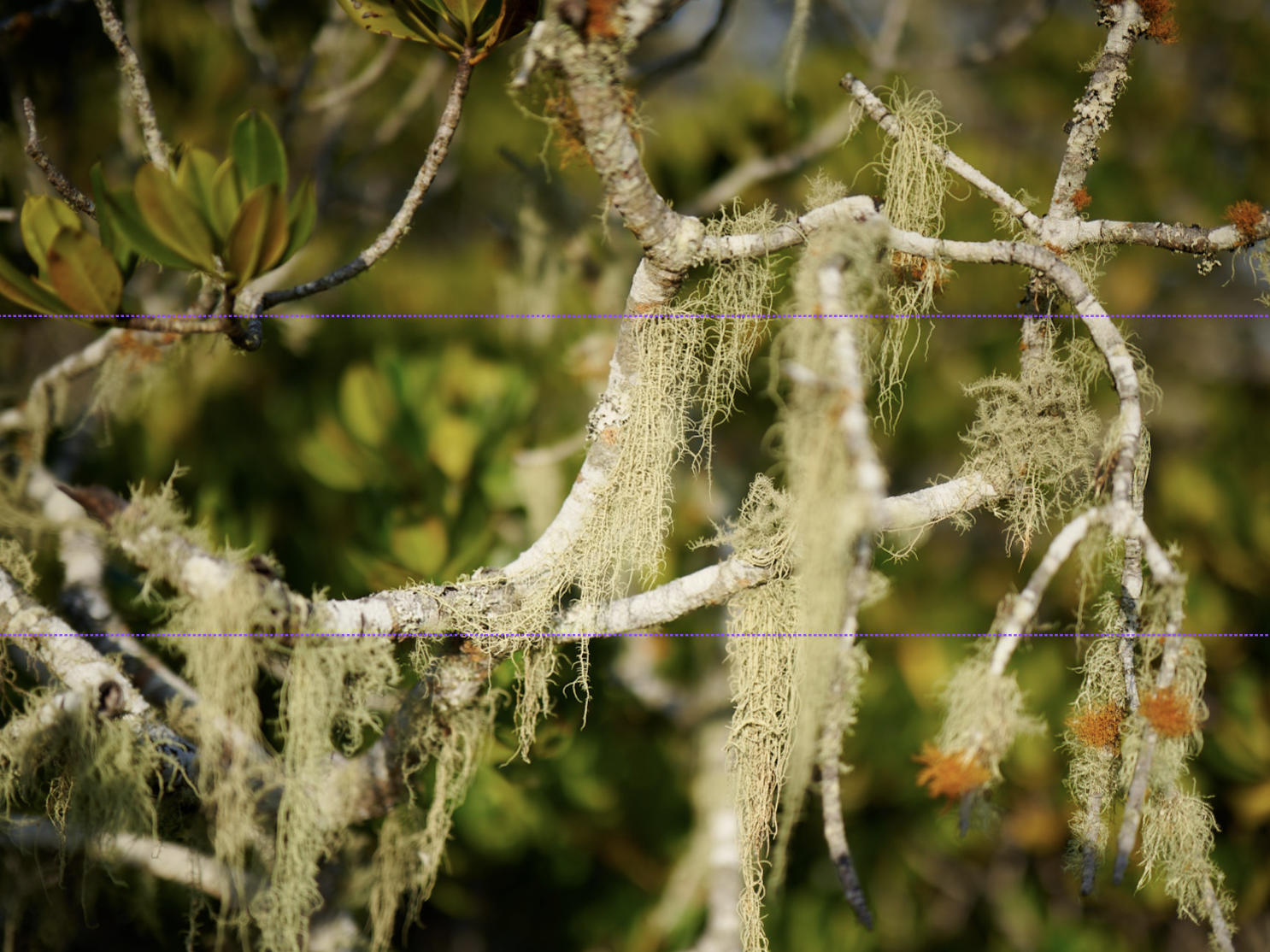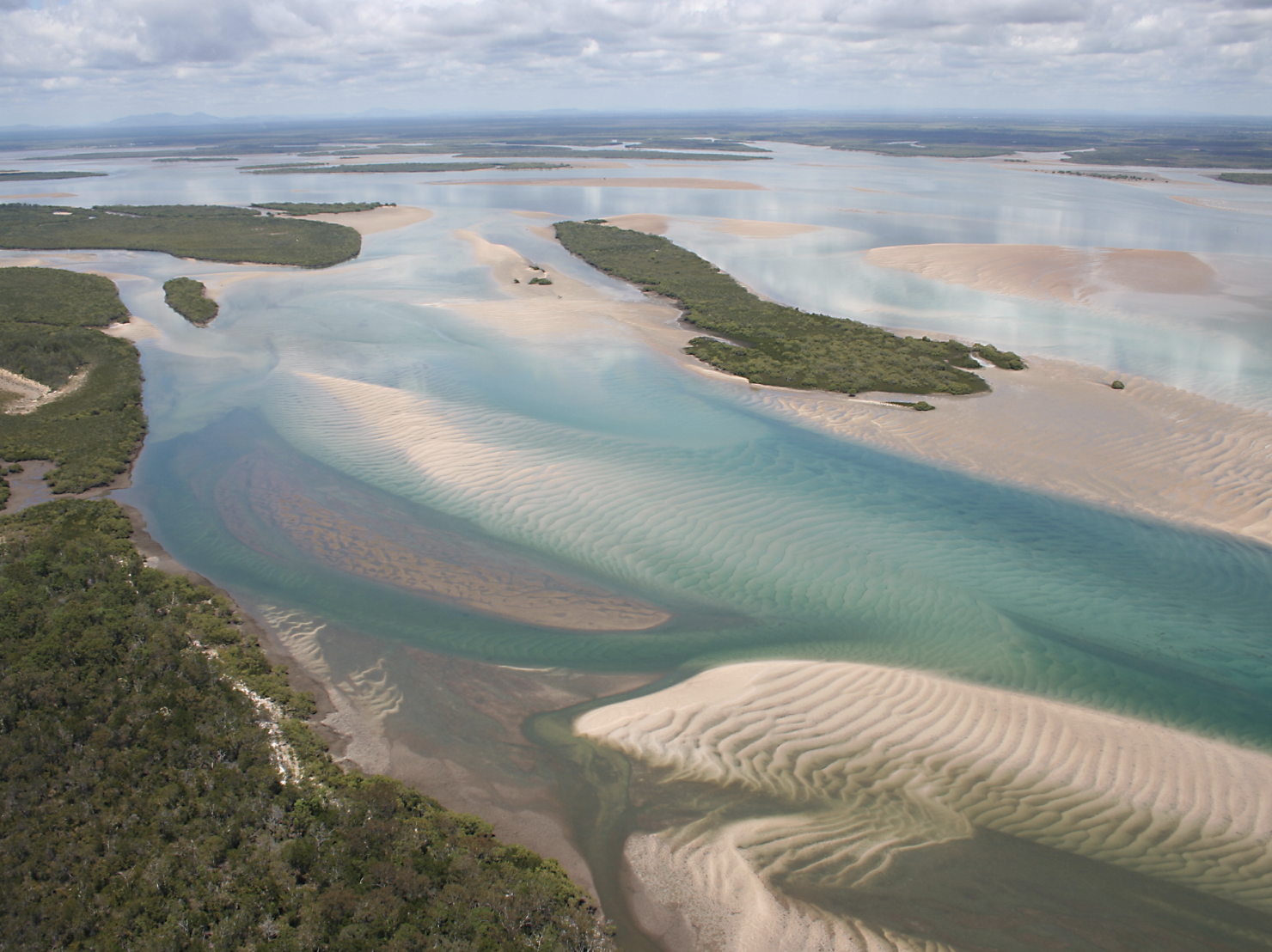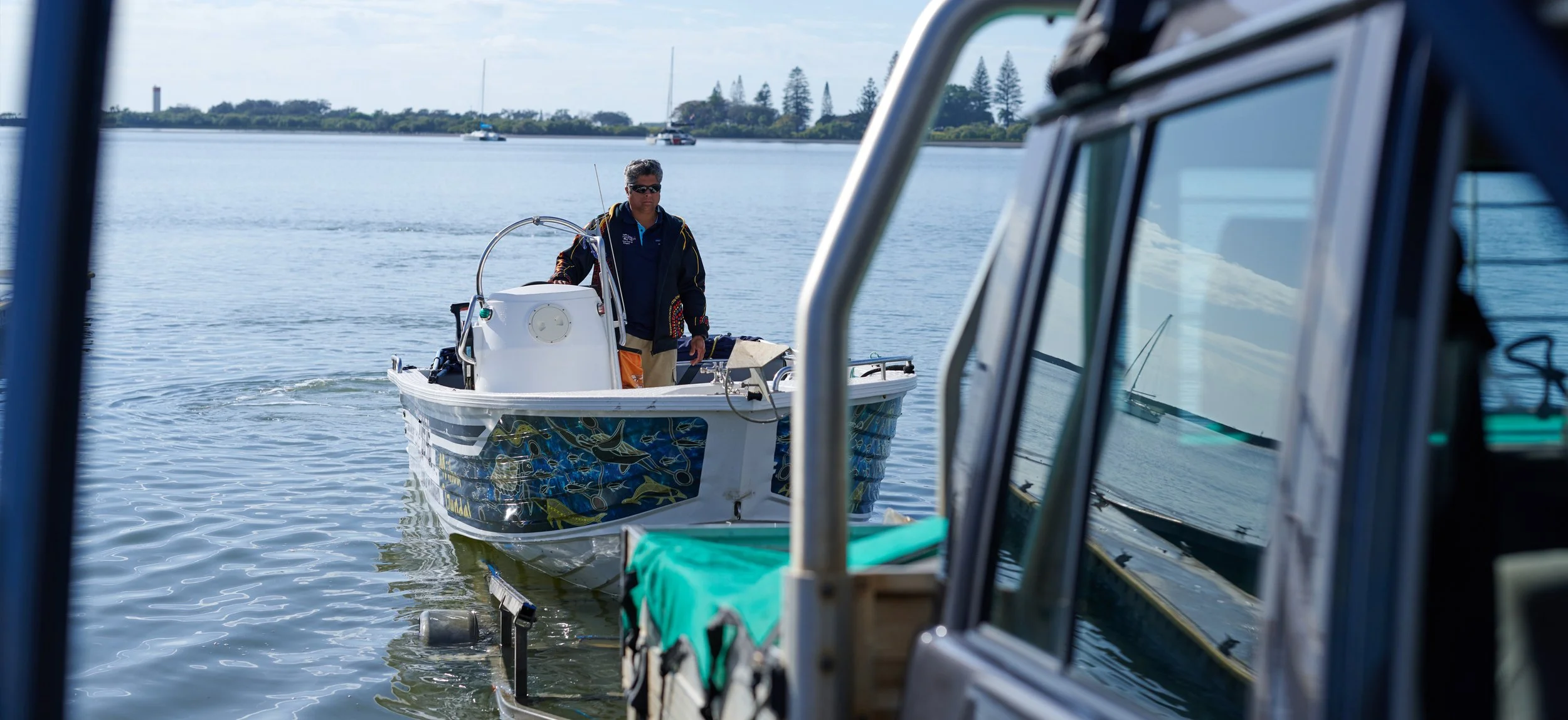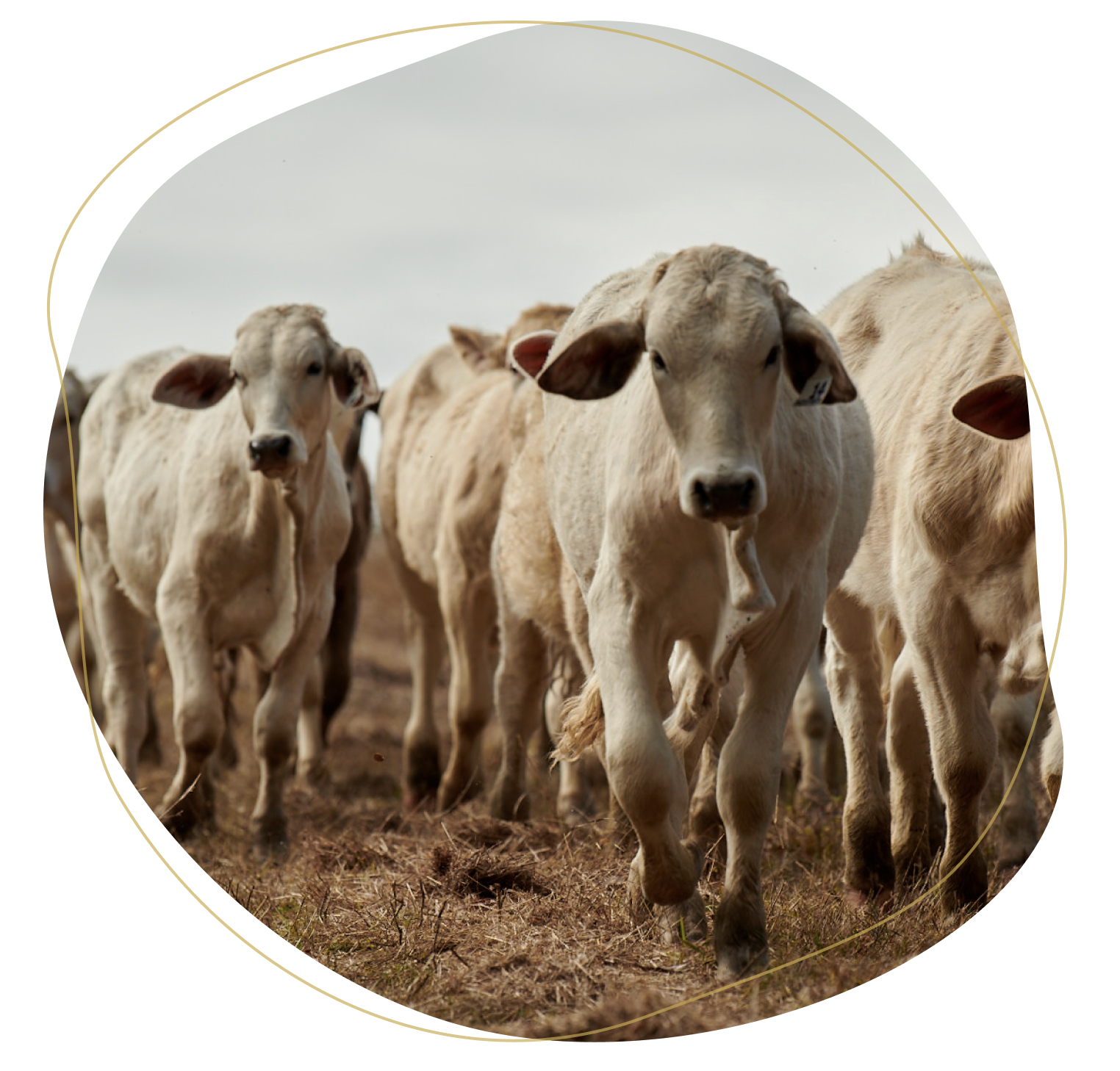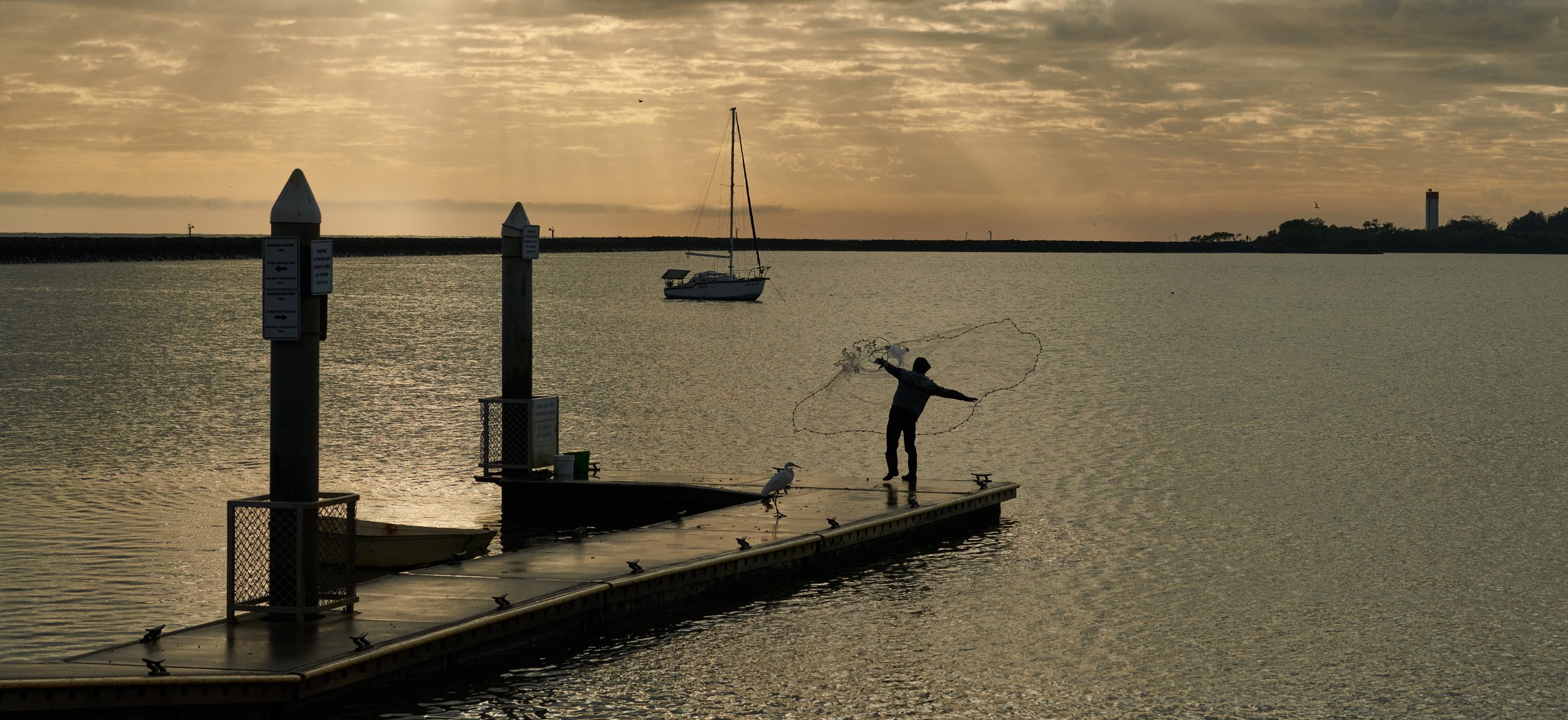
Our region
Burnett Mary Region
Covering approximately 56,000km2 of land and 11,000km2 of sea, the Burnett Mary Region is internationally renowned for its ecological diversity, extensive primary production and rich cultural heritage.
The region supports Queensland’s largest regional population (approximately 350,000 people) outside of the South East Corner, and is made up of five catchments including the Baffle, Burnett, Kolan, Burrum, and Mary catchments.
Natural Assets
Flora and Fauna
The Burnett Mary region is home to half of Australias bird species and more than 7,500 flora and fauna species that are rare, threatened, or endangered. Abutting the Southern boundary of the Great Barrier Reef, the regions marine environment has more marine fish diversity than the reef itself.
UNESCO Great Sandy Biosphere Reserve
The UNESCO Great Sandy Biosphere Reserve is located within the region. This Biosphere Reserve recognises the cultural and ecological significance of the Great Sandy Strait Ramsar Wetland of International Significance and K’gari Fraser Island World Heritage Area, which is the largest sand island in the world.
World Heritage Listed K’gari (Fraser Island)
World Heritage listed Kgari is the largest sand island in the world and was added to the World Heritage list in 1992 in recognition of its outstanding natural universal values. It is characterised by long uninterrupted white beaches flanked by strikingly coloured sand cliffs, majestic tall rainforests and numerous freshwater lakes of crystal-clear water.
The Queen’s Commonwealth Canopy - K’gari & Bulburin National Park
In 2018, His Majesty King Charles III unveiled a commemorative plaque for the inclusion of K’gari and Bulburin National Park in The Queens Commonwealth Canopy (QCC). The QCC involves 53 Commonwealth countries and raises awareness of indigenous forests, facilitates knowledge exchange and allows participating countries to share best practice for forest conservation. The two sites were the first protected areas in Queensland specifically recognised under the program.
Ramsar Listed Great Sandy Strait
Covering 93,160ha the Great Sandy Strait is an internationally renowned site with its double ended sand passage estuary receiving tidal flows from Hervey Bay in the North and Wide Bay in the South. Fresh water is delivered from a 1.25M ha catchment via the Mary and Susan Rivers, creeks, coastal streams and Cooloola Sand Mass to the Great Sandy Strait Ramsar site.
Burnett Mary Region Wetlands
The Burnett Mary region is also home to numerous wetlands that play a critical role in supporting local biodiversity and providing essential ecosystem services. These wetlands, such as the Cherbourg Weir and the Baffle Creek Estuary, are important habitats for many species of migratory birds, fish, and other wildlife. They also provide important ecosystem services, such as water purification and flood mitigation, that benefit both the environment and local communities.
Traditional Owners
The Burnett Mary region is the traditional country of a number of Aboriginal peoples, including Butchulla, Djaku-nde, Jangerie Jangerie, Gooreng Gooreng, Gurang, Jinibara, Gubbi Gubbi, Kabi Kabi, Taribelang Bunda, Wakka Wakka, and Wulli Wulli.
The Aboriginal custodians of our region have strong and complex physical and spiritual connection to their traditional country. The physical and cultural values of land and sea country are cultural resources essential to the wellbeing of these people. Cultural resources include land, water, plants, animals, coastal and marine resources, totemic relationships and community relationships. Traditional Owner knowledge, values and processes are culturally defined, extensive and can significantly contribute to the sustainable management of the regions natural resources.
Indigenous cultural landscapes include natural features and human modified sites of significance. To Aboriginal people these cultural landscapes convey a sense of place, cultural identity and tradition indicative of a long and complex relationship with the landscape. Activities to protect and conserve cultural landscapes allow Traditional Owners to reaffirm their obligations to look after country.
The Aboriginal custodians of our region have strong and complex physical and spiritual connection to their traditional country.
Primary Industries
The Burnett Mary region is well-known for its prime agricultural land, well-managed water resources and innovative farming and fishing practices. These attributes support a range of industries including grazing, pork, sugar, dairy, tree crops, seafood, grain and wine and associated processing and value adding industries.
Cattle grazing represents the largest industry by land use and largest regional employer. The region also represents Australia’s largest macadamia, avocado, sweet potato and chilli producers as well as Queenslands largest timber plantations.
Traditional industries such as sugarcane have spawned world-class beverage processing industries including Bundaberg Rum and Bundaberg Brewed Drinks.
Being adjacent to the Southern boundary of the Great Barrier Reef, the regions fishing industry has an international reputation for clean, sustainable fishing practices.


